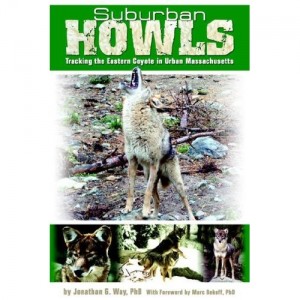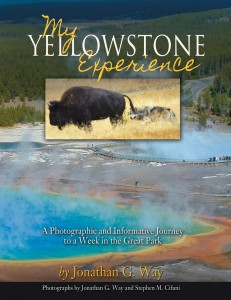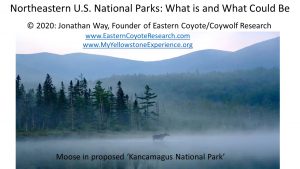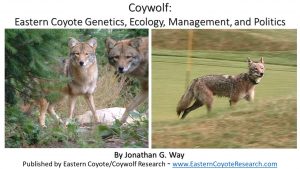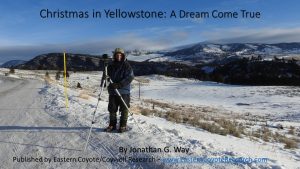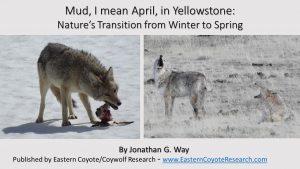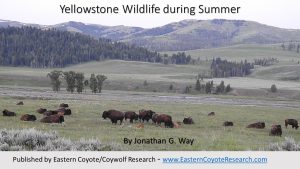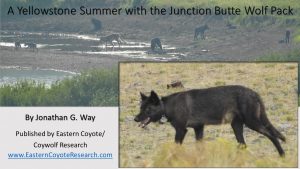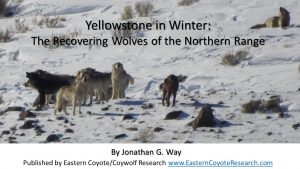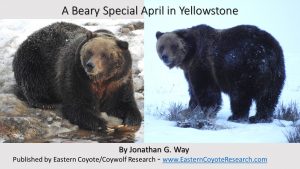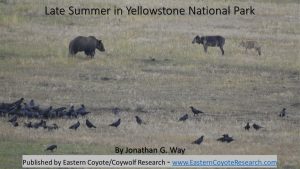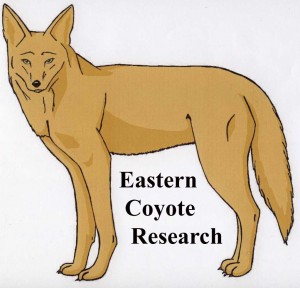In some big news, the wolf killed in December 2021 had a wild diet. Check out the Press Release below and one from Center for Biological Diversity.
For Immediate Release, March 14, 2023
| Contact: |
Amaroq Weiss, Center for Biological Diversity, (707) 779-9613, aweiss@biologicaldiversity.org |
Another Wild Wolf Killed in New York, Radio-Isotope Test Confirms
ALBANY, N.Y.— Conservation groups announced today that testing by the New York State Department of Environmental Conservation and the New York State Museum revealed that a wolf killed in upstate New York in 2021 was eating a wild diet and was a wild wolf.
The tests on the wolf’s bones, fur and teeth show the animal was not a released pet, as the department had been speculating. Test results were posted Monday on the department’s Facebook page and Twitter account.
“I’m not surprised by the test results, since it’s clear that wild wolves are making their way from Canada into New York and other northeastern states,” said Amaroq Weiss, a senior wolf advocate with the Center for Biological Diversity. “New York officials should immediately develop public education to prevent hunters and trappers from killing wolves, which are protected under federal and state law. The Department of Conservation should also regulate or stop the killing of wild canids to prevent cases of mistaken identification.”
According to the Maine Wolf Coalition, this animal is the latest of at least 11 reported wolves known to have been killed south of the St. Lawrence River since 1993. These include wolves killed in New York, Massachusetts, Vermont, Maine, New Brunswick and Quebec.
The wolf killed in December was shot by a hunter who posted photos of the animal on social media. At the time wolves had had their Endangered Species Act protection removed; they have since been protected again after a successful lawsuit by wildlife advocates.
The hunter provided the Northeast Ecological Recovery Society tissue samples of the animal for DNA analysis, which was completed at Trent University. The test confirmed the animal was a wolf, with Great Lakes, Northwest Territories and eastern gray wolf DNA.
After the Department of Conservation separately sent a tissue sample to a different laboratory and claimed the animal was a coyote, the Northeast Ecological Recovery Society sent a second sample to be tested at the acclaimed canid genetics lab at Princeton University. Princeton’s analysis confirmed Trent University’s conclusions that the animal was indeed a wolf.
The department has since acknowledged the animal to be a wolf but then conducted further testing to establish whether the animal was a wild wolf or an escaped pet.
“We have been working towards natural wolf recovery in the Northeast for three decades,” said John Glowa, president and cofounder of the Maine Wolf Coalition. “This latest animal is evidence of the need for the federal government to intervene by applying the federal Endangered Species Act, specifically, the ‘similarity of appearance clause,’ to give wolves the actual protection to which they are legally entitled.”
The Maine Wolf Coalition documented the first live eastern wolf in Maine through scat collected in 2019.
“For years my friends and neighbors in the Adirondacks where I live have spotted wolves there and I’ve seen very large canid tracks there, much larger than that of a coyote,” said Joseph Butera, president and cofounder of Northeast Ecological Recovery Society. “This latest test confirms what we’ve known all along — there are wild wolves dispersing into New York state — and now it’s the department’s responsibility to act on their behalf to protect them.”
State wildlife agencies in the Northeast have failed to inform the public that wolves are returning and that the animals have protected status. In the absence of agencies educating the public on the size and other differences between wolves and coyotes, coyote hunters and trappers may accidentally kill a wolf.
“For far too long state agencies in the Northeast have undervalued the hybrid status of the eastern coyote or coywolf,” said Jonathan Way, founder of Eastern Coyote/Coywolf Research and author of nearly 50 peer reviewed papers on the subject. “This similarity of appearance to actual wolves has resulted in dead and no doubt many unreported wolves. Because it is nearly impossible to tell the difference between big eastern ‘coyotes’ and small wolves in the field, state wildlife agencies should be mandated to follow the law by better protecting all Canis species within their borders to ensure wolves aren’t being killed.”
New York’s proximity to Canada and large swaths of suitable habitat and prey make it likely that the species will continue to venture back into the state. Although gray wolves were exterminated from New York more than a century ago, there are tens of thousands of square miles of potential wolf habitat in the Northeast, much of it in New York. Wolves live just 60 miles north of the New York border — a distance a wolf can travel in under two days.
In recognition of the potential for wolves to recover in New York if they don’t keep getting mistaken for large ‘coyotes’ (which are really coyote-wolf hybrids in the Northeast) and shot, last fall dozens of conservation groups and scientists wrote to the Department of Conservation urging strong state actions. Conservation groups have subsequently formed the Northeast Wolf Recovery Alliance to identify other steps needed in nearby states and in neighboring parts of Canada, as a cross-boundary effort to aid wolf recovery in the region.
“The radio-isotope analysis provides further confirmation that strong action is needed by the New York Department of Environmental Conservation to protect dispersing wolves in the state,” said Renee Seacor, carnivore conservation advocate for Project Coyote and The Rewilding Institute, “Late last year, members of the Northeast Wolf Recovery Alliance provided a framework for how the department could provide proper protection for this state and federally protected species and will continue to advocate for necessary protections to facilitate wolf recovery in the region.”
—–
The Center for Biological Diversity is a national, nonprofit conservation organization with more than 1.7 million members and online activists dedicated to the protection of endangered species and wild places.
The Maine Wolf Coalition is a 501c3 nonprofit corporation dedicated to supporting wolf recovery in Maine through research, education and protection.
Northeast Ecological Recovery Society is a 501c3 nonprofit organization dedicated to the restoration and protection of native species in the Northeast.
Eastern Coyote/Coywolf Research is dedicated to providing education and scientific research to better appreciate and conserve eastern coyotes/coywolves.
Project Coyote, a fiscally-sponsored project of Earth Island Institute, is a North American coalition of scientists, educators, conservationists, and community leaders promoting compassionate conservation and coexistence between humans and wildlife through education, science, and advocacy.
